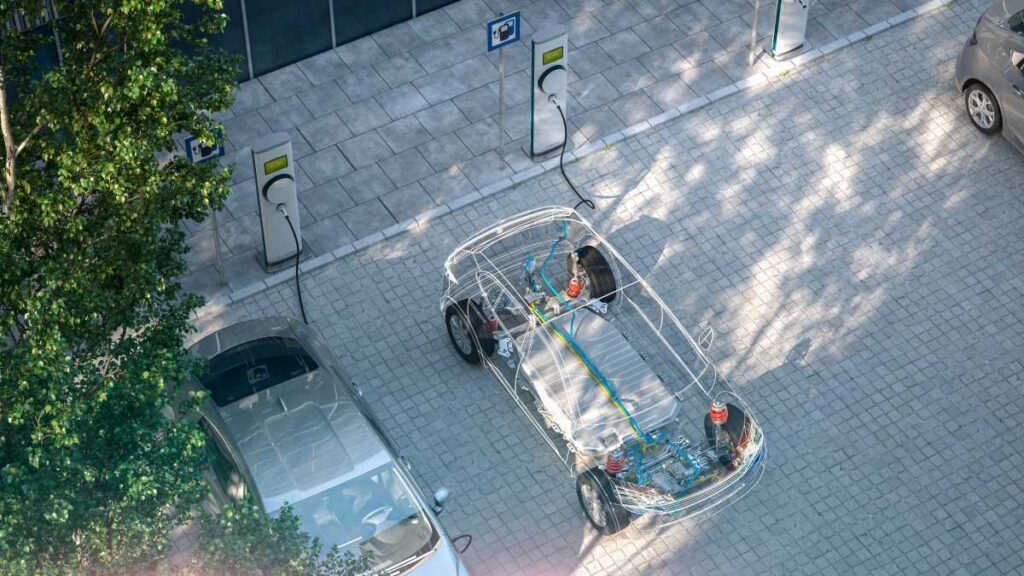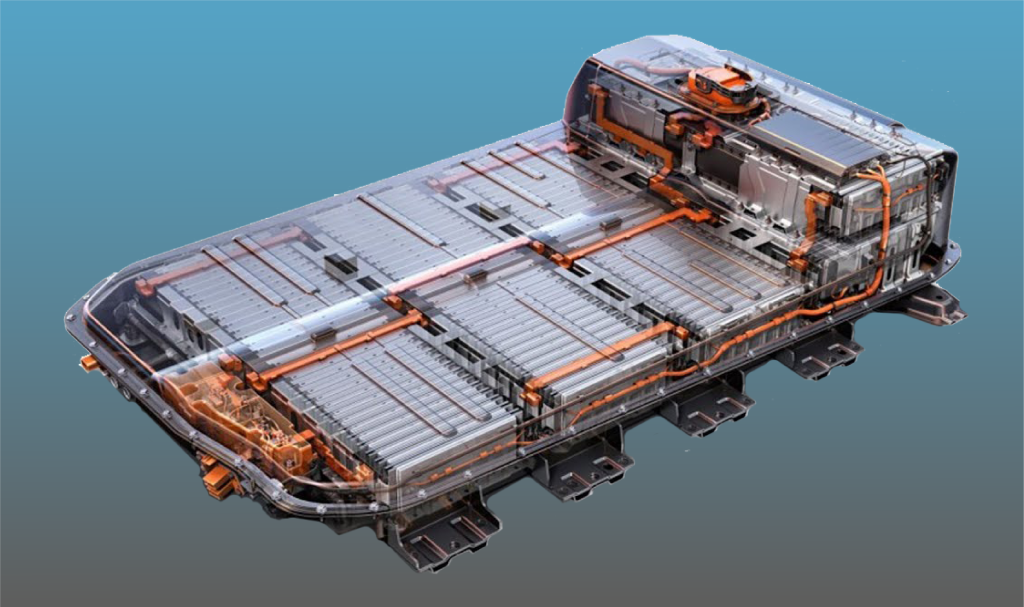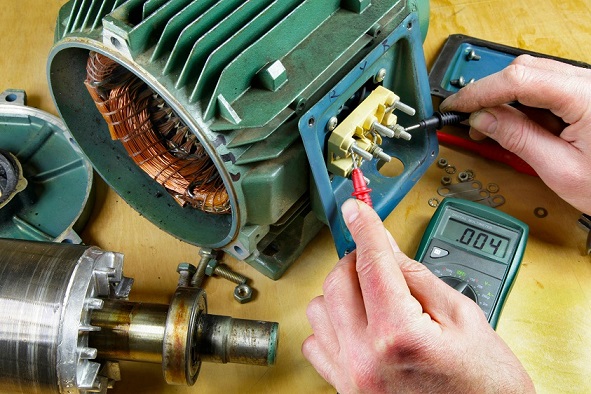Leakage current testers detect the value of excessive current that flows to the ground through the insulation in the wire conductors.
Leakage current
Leakage current
Standards associated with this test
The list of standards available by using our equipments.
IEC 60601-1
Not sure which standard to refer to?
What is and how the leakage current is measured
Leakage currents are common in a circuit containing high pass and low pass filters.
Leakage Current Testers are like normal ampere meters but can detect smaller current values than the standard meter, typically in mill ampere. A commonly available ampere meter cannot be used for testing leakage current.
Leakage current can occur from both AC and DC circuits, and it appears on the equipment body or metallic frame. In a normally grounded system, the leakage current will be safely grounded through the ground rod without causing any harm to the equipment system and humans. On the other hand, If equipment is not properly grounded, the leakage current will not find any path for a safe discharge. And as a result, it will remain on the equipment body. This condition is hazardous for both humans and electrical and electronic systems.
Another disadvantage of leakage current is that it causes unnecessary tripping in the circuit, causing damage to delicate and expensive equipment. It also results in a spike in voltage casing safety hazard for the operators and humans working.
Leakage current testers are used as a safety device to detect the presence of leakage current on the machine. If a meter shows a significant leakage current, it indicates a problem with the ground, such as disconnection or material deterioration. It then enables the maintenance personnel to perform troubleshooting or maintenance activities.
Leakage testers can test current leakages in both single-phase and three-phase systems.
When measuring current leakage in a single phase, the neutral and the single-phase is clamped together. The reading indicates the leakage current flowing into that particular phase.
In the three-phase, leakage current is determined by clamping all the three phases and the neutral. The meter will now indicate leakage current concerning all three phases.
Methods of determining Current Leakage Testers.
There are two methods of determining leakage current – Direct Measurement and Clamp Type.
Direct Measurement.
The leakage detector meter is connected in series with the ground rod in direct measurements. For this purpose, one end of the ground conductor is disconnected from the system and connected to the one lead meter in a series configuration. The system’s operation must be stopped for this method before recording the leakage current. Otherwise, it can become dangerous for personnel.
The direct measurement system is more precise and can calculate the leakage current of smaller values.
Clamp type.
Clamp type meters have a clamp-on configuration. This method can clamp on the ground conductor for measuring leakage current without disconnecting the ground rod with the system. Clamp type meters work on the principle of detecting electromagnetic fields – EMF. The detected EMF’s value is converted into leakage current by the tester. The value of leakage current is directly proportional to the EMF – the higher the EMF, the higher the value of leakage current and vice versa.
Clamp type measurements are not suitable for measuring smaller values.
News
Some in-depth articles from the Risatti’s world.
Some fields of application
of our equipments
Our machinery can be used in various sectors.
Find out how and why our customized solutions could be right for you.
We are here to help you
Write to us. We’ll contact you as soon as possible!





